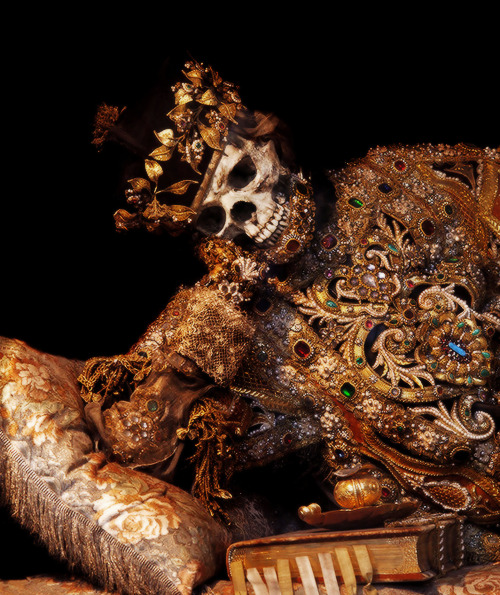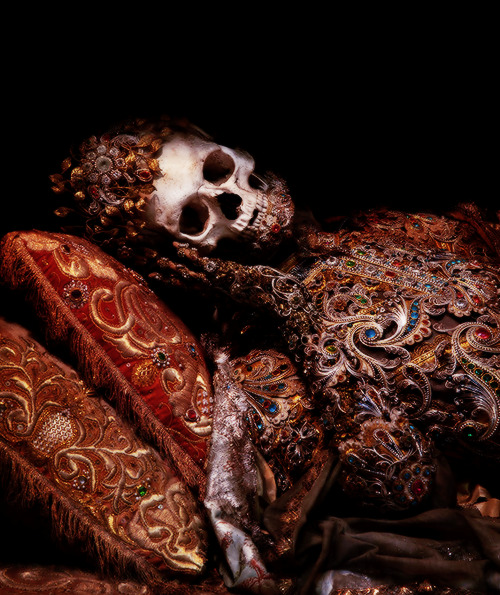


October 2, 1944: The Warsaw Uprising ends.
The Warsaw Uprising was a military operation that took place between August and October of 1944, an ultimately failed attempt led by the Polish Home Army to liberate the city of Warsaw from Nazi forces. Implemented as part of a national uprising, the operation’s goal was to liberate the city, but it was also to do so before the Soviet Union could assert its authority there over the Polish government-in-exile in London. Polish fighting forces numbered at around 50,000, the majority of whom were fighters for the Home Army, and most were considerably out-armed: the German force, while only consisting of between 10-15,000 men, had at their disposal tanks, airplanes, artillery - and a vulnerable civilian population. Despite these disadvantages, however, Polish forces managed to take back much of the city only a few days into the fighting. While relief and ammunition did come in the form of airlifts, it was not enough. The Germans launched counterattacks, and then massacred approximately 40,000 people (both civilians and fighters) within the span of one week early on in the uprising.
Fierce urban warfare continued for weeks; the under-armed and under-supplied Polish forces and Warsaw’s civilian population resisted German occupiers for a total of sixty-three days with little outside support except for Allied airlifts. Red Army forces, though nearby, did not offer significant military aid because most Polish resistance fighters supported the Polish government-in-exile and wished to limit the extent of Soviet influence in postwar Poland. Upon the resistance’s capitulation on October 2, 1944, the civilian population of Warsaw was cleared from the city. Between 150,000-200,000 were killed during the fighting, and a further 60,000 were shipped to concentration and extermination camps. The Nazis then methodically razed the city itself, though much of it had already been damaged during the 1939 invasion and the Warsaw Ghetto Uprising.







































